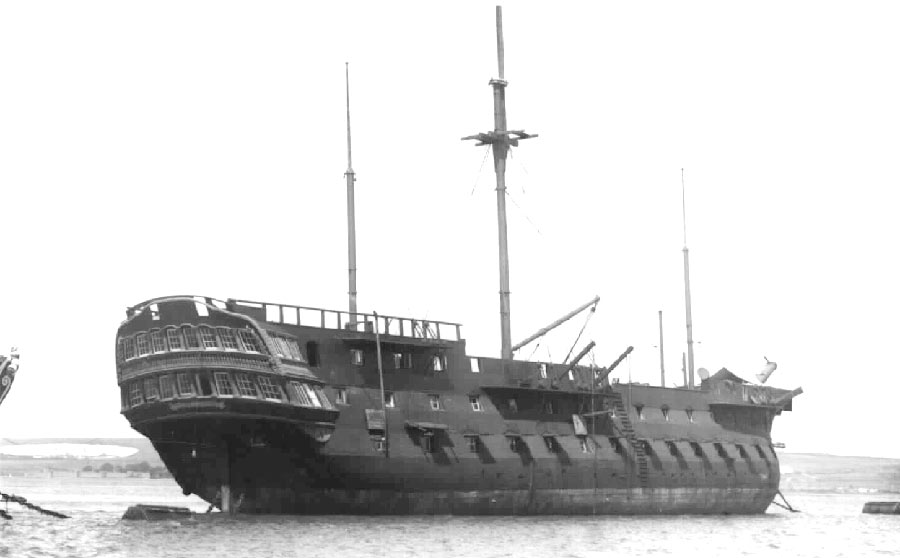Part One - The Ship New Rigged
The rigging; clew, bunt, leech, reef, halyard, braces, tacks, sheets, lifts, stays, shrouds...the standing and running lines that bring function to the towering form of the ship's mast. The interaction of muscle, line, wood and canvas can be mastered in time (it is actually not as difficult as it looks) and the judgment to govern them is not impossible to acquire, though it does come easier to some than others.

Here is this man o'war's new "rig". The kettle is old, but the majority of the rest of the material is new. I went through my Christmas money and then some getting it, but it was worth it. It's dangerous walking into a homebrew shop, especially one where the owner keeps kegs of what he's most recently brewed by the register. I could've spent hours there. With this rig, I plan to make some serious beer. But before either serious sailing or serious beer can happen, one must literally "learn the ropes". In the case of
our Coast Guard friends here that means sweating lines and getting the basics of line handling down before moving on to the finer points of the art of sailing.
 Part Two - Chocolate Porter, Extract with Specialty Grain
Part Two - Chocolate Porter, Extract with Specialty GrainFor me today, it meant going back to basics; re-learning the ropes in a very real way and getting familiar again with the mechanics of boiling, chilling and transferring. Though when I last brewed I had got as far as
partial-mashing, I decided I would brew one of the simplest ways; malt extract with specialty grains.
I'll start by saying I am not a fan of porter. I see a black (or very dark) beer and I want to taste a stout. But I'm making this for a reason - my father's 65th birthday next month. He loves porter, and in 2004 he and I made a similar recipe (this one is based on it) for him to have all to himself, and he loved it. He still talks about it. So I guess it was good. Also, porter is one of the most ubiquitous - a staple, if you will - styles around, so it's good to be able to brew one. And who knows, I may brew one I actually like some day.
I don't plan on making this a step-by-step how I brewed it blog, but I have no problem posting the recipe:
6 lbs amber dry malt extract (DME)
1 lb dark (120
L) crystal malt
8 oz chocolate malt
4 oz roasted barley*
2.25 oz Fuggles leaf hops
0.75 oz Spalt pellet hops
Wyeast 1098 British Ale yeast**
2 tbsp baker's cocoa powder (boil)
4 oz cocoa beans (secondary fermenter)
*Roasted barley is really not part of the traditional porter style, but it seems porter brewers use it anyway. I decided to include some (approx. 3% of the total grain bill) as it contributes to a brown head, and also to get some roasty character with the chocolate. It also might help me like the porter - remember, I like stout.
**The yeast was a deviation from my original desire, the Wyeast London Ale. But when the supply store is out, you have to find a substitute. The fermentation characteristics are similar, though I'll get a slightly more attenuated (drier) beer than planned.
The cocoa beans are also something new that I didn't do last time. I'm a fan of Sam Adams Chocolate Bock, which has rare cocoa nibs added to the secondary; I plan on doing the same (though not in the same quantity).
I guess I could say my goal, besides simply getting through the process relatively unscathed, was to see if I could hit the predicted original gravity. I managed fairly well. Building my recipe using Brewtility.com, it predicted 6 gallons at a specific gravity of 1.053. When all was said and done, I managed 6 gallons at 1.050. I'll call that a success. Here are some cool pics:


Snow banks are a good way to chill wort without wasting water. I don't know why this reminds me of the beginning of
The War of the Worlds.

No Martians here, just sweet, hopped wort.

I like this color. I hope it keeps it. Through the maltiness of the wort (and the loss of taste due to my cold) there was a definite, but not too strong, roasted flavor, along with the coffee-like character of the chocolate malt.
The entire concoction is happily percolating away as I type. Less than seven hours after pitching the yeast the fermentation lock was slowly bubbling. Fewer than 12 hours later I had to replace the lock with blow-off tubing. Vigorous fermentation is a great sign.
Like I said - maybe this will be a porter I could come to like.


















